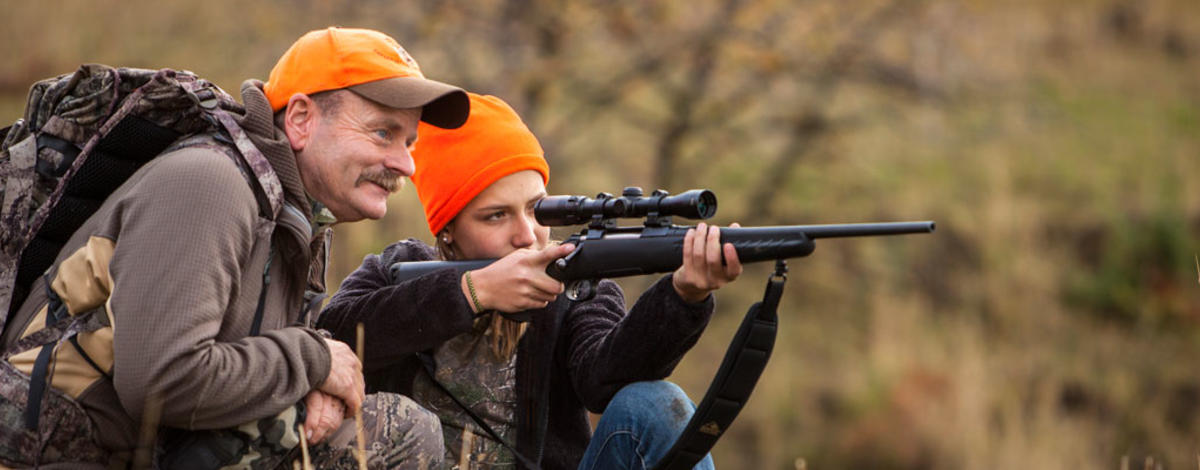November is synonymous with deer hunting for many people in Idaho. According to a US Fish and Wildlife Service report, Idaho ranks third highest of the 50 states in the percentage of the adult population participating in hunting.
Some people have the mistaken impression that because firearms are used, hunting is a dangerous activity. While there is always the potential that a hunter will be involved in an accident, statistics show that a hunter is far more likely to be involved in an accident while traveling in a vehicle to a hunting location than while actively hunting.
Around 200,000 people hunt in Idaho each year. Yet hunting accidents are rare, with only a very small number each year. But even one accident is too many because every hunting accident can be prevented. Human error or inattention is what leads to firearms accidents.
In the hope that there will be no additional accidents throughout the November hunting season, here are a few gun handling rules that Idaho Hunter Education Instructors stress in their classes.
Always control the muzzle of your firearm. As long as the muzzle is pointed in a safe direction, nobody can get hurt even if the firearm discharges unexpectedly. A safety is a mechanical device which can fail, so there is no instance where you can disregard where the muzzle is pointing simply because the safety is on.
Be certain of your target and what is beyond it. A safe hunter never shoots at sound or movement. A safe hunter makes certain that movement or sound is a game animal that is in season before pointing a muzzle.
Mistaking a person for game is the most common cause of hunting accidents in Idaho...and often such accidents are serious or fatal. One way to make sure every other person in the field can clearly see you are a person is by wearing hunter orange during all rifle seasons. Idaho is one of few states where hunter orange is not required, but Fish and Game highly recommends wearing it.
Prior to taking a shot a hunter must check the background for other people, livestock, buildings, equipment or roads to make sure there is a safe backstop.
Treat every firearm as if it is loaded. When another person hands you a firearm, assume it is loaded even if you are told it is not. Ask anyone handing you a firearm to open the action before they hand it to you. Never touch a trigger until you are ready to shoot at a game animal or a safe target.
Be sure the barrel is clear of obstructions and that you are carrying only the correct ammunition for your firearm. Any obstruction can cause a barrel to explode, and the wrong ammunition can create an obstruction.
Never point a firearm at anything you do not intend to shoot. Carry binoculars to check out the hillside. Never look through your scope at something you cannot identify.
Hand your firearm to a friend or slide it under when you cross a fence. Be careful when you are alone to keep the muzzle pointed in a safe direction as you retrieve the firearm from the ground.
Store firearms and ammunition separately. While most gun owners consider this most of the year, many of us leave guns and ammunition in our vehicles during the hunting season if we plan to hunt again. It goes without saying these firearms must be unloaded for safety when in the vehicle. Ammunition should always be inaccessible to children.
Alcohol and guns don’t ever belong together. If there is alcohol in your hunting camp, make certain all firearms are put away before the alcohol comes out. Showing your hunting partner grandpa’s old rifle after you have a few beers can be a tragic mistake.
Please be safe in the field and don’t hesitate to let your hunting partners know when you think they are putting themselves or others at risk.

